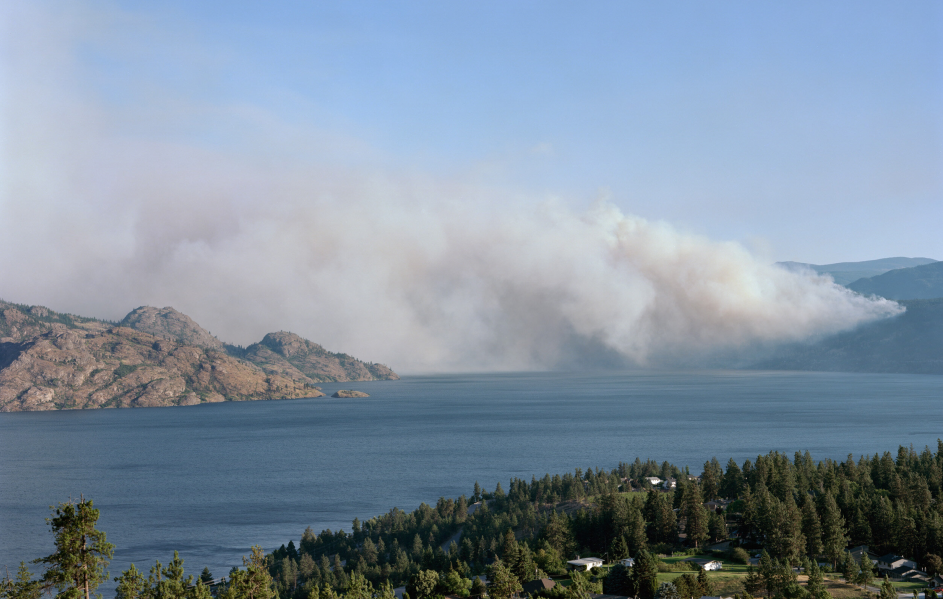Assignments
Part I – Individual Summary
Write up a summary not exceeding 500 words (including in-text citations) that addresses the case study and the question you are assigned. Be sure your summary utilizes at least two recent (within 10 years), peer reviewed (research) articles to support your answer. Post your summary in your designated group discussion forum (virtual platform).
Part II – Individual Reply
In no more than 300 words (including in-text citations), post a reply to 1 other member’s write-up in your group discussion forum (virtual platform). Make sure to utilize at least one recent (within 10 years), peer reviewed (research) article to support your response. Your response to your colleague should be comprehensive and it should address relevant aspects of the case study. Through your response to your colleague you should showcase your perspective and support it with relevant evidence from the case study and peer-reviewed literature.

Part III – Group presentation
This component may be tailored to the context where learners are situated. As the accompanying case study is on a Canadian example, we recommend either:
- Completing this part of the assignment by focusing on what was learned from the Wildfires in British Columbia example or
- Choosing a climate change and health topic that relates to the context/area of interest that resonates the most with learners. Some topics to consider include: extreme weather events (i.e. floods, tsunamis, hurricanes), heat domes, vector- borne diseases and pandemics, biodiversity loss, food access, climate migration, mental health effects of climate change, sea level rise, etc. Therefore, a global vs. local lens is encouraged as it can enrich the discussions and takeaways provided by the students.
For additional resources, check out these options: PHA Case Studies and the Canadian Climate Institute Case Studies
In the assigned groups, students are encouraged to reflect on what they have learned either from the case study or from any other topic they have selected. A particular emphasis should be placed on the health impacts experienced by individuals who are affected by the respective climate-driven events.
Instructions
As a group students can compile their top three takeaways from either the Wildfires case study or the climate change topic they have selected to present on. These takeaways should support the student group to collate two solutions that they would propose to any community who may be affected by similar climate-driven events in the future. Students should support their solutions with evidence-based rationales.
In the presentation students should be sure to:
- Clearly identify concepts related to the Wildfires case study or to the climate change event/impact selected
- Underline integral relationships among these concepts
- Consider how health equity plays a role in coming up with solutions that are upstream and that account for the social determinants of health
- Consider the kind of challenges that one may encounter when implementing the solutions proposed
- Support work with evidence-based rationales (i.e. peer-reviewed, recent research articles within 10 years)


